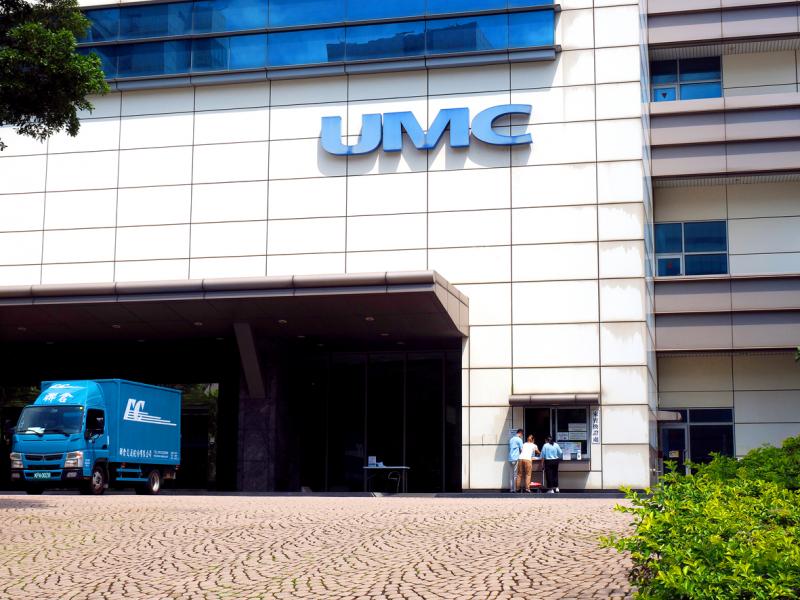United Microelectronics Corporation – Taiwan’s First Semiconductor Company.
United Microelectronics Corporation is a chipmaker based in Taiwan with around a $10 billion market capitalization. It sells CMOS wafers, memory chips, and high-voltage integrated circuits, among other things. UMC has offices in Taiwan, Japan, South Korea, China, Singapore, the United States, and Europe, with over 17,000 employees worldwide.
About United Microelectronics Corporation
The silicon foundry business was where United Microelectronics Corporation (UMC) established its niche. UMC is a leading silicon foundry, or contract semiconductor maker, trailing only archival Taiwan Semiconductor Manufacturing. Design, engineering, manufacturing, packing, sorting, and testing are among the company’s production services. It supplies complementary metal-oxide-semiconductor logic wafers, mixed-signal wafers, radiofrequency complementary metal-oxide-semiconductor wafers, embedded memory products, high voltage integrated circuits, and complementary metal-oxide-semiconductor image sensors through its semiconductor foundry. UMC has offices in Taiwan, Japan, Korea, China, Europe, the United States, and Singapore, and it continues to expand capacity and invest in sophisticated manufacturing technology. Taiwan is the company’s largest market, accounting for 33% of net sales. Singapore (24 percent), the United States (12 percent), and China are the other key markets (9 percent ).

UMC is aggressively developing internationally. The corporation invested $48 million in a subsidiary of Fujitsu Semiconductor, which has a 12-inch wafer manufacturing facility in Japan. In Xiamen, UMC has formed a joint venture with the city government of Xiamen and the state-owned Fujian Electronics and Information Group to establish a semiconductor fabrication plant. Starting in 2015, UMC will invest $1.35 billion in the initiative over five years. In January 2015, the company bought a 33 percent share in Xiamen-based chipmaker United Semiconductor as part of the plan. Taiwan’s first semiconductor company, UMC, was formed in 1980. Since 2012, Yen Po-wen, who joined UMC in 1986, has served as CEO.
Manufacturing Diversification
With numerous modern 300mm fabs in operation, UMC is a foundry production leader. Since 2002, Fab 12A in Tainan, Taiwan, has been producing client products in volume and is currently producing 14 and 28nm products. Phases 1&2, 3&4, and 5&6 make up the multi-phase complex, which is essentially three independent fabs. The entire monthly production capacity of Fab 12A is currently above 87,000 wafers. Fab 12i, UMC’s second 300mm fab, is located in Pasir Ris Wafer Park in Singapore. With a monthly capacity of 50,000 wafers, this second-generation 300mm plant is also in volume production. United Semi, UMC’s third 300mm fab in Xiamen, China, began volume production in Q4 2016. When fully equipped, United Semi’s overall design capacity is 50,000 wafers per month. In October of this year, UMC bought USJC in Japan. This 300mm fab in Mie Prefecture has a monthly capacity of 33,000 wafers for logic and specialty processes down to 40nm. UMC provides reliable and diversified manufacturing with leading production efficiency, thanks to its seven 200mm fabs and one 150mm specialized fab.
John Hsuan and Robert Tsao
From 1979 to 1981, Mr. Tsao was appointed Vice Chairman of the Electronics Research & Service Organization (ERSO), where he played an important role. He was a driving force behind the establishment of the Industrial Technology Research Institute (ITRI), where he oversaw the development of Taiwan’s first integrated circuit manufacturing line, which later became the foundation for United Microelectronics Corporation (UMC), a semiconductor contract manufacturer that produced chips based on the designs of its customers.
John Hsuan, who is soft-spoken and aloof at times, has been a driving force behind UMC’s recent metamorphosis from a small Taiwanese chip producer to a major IC wafer foundry. UMC was one of the first foundries to implement a 0.25-micron process, is a pioneer in 0.18-micron technology, and aims to ship products with copper interconnects early next year. UMC is the world’s second-largest pure-play foundry, behind Taiwan Semiconductor Manufacturing Co. Ltd., with sales expected to increase from $1.3 billion in 1998 to $1.75 billion this year.

I am a second-year student pursuing Liberal Arts from Nmims. I am a painter, I love reading and have a great interest in cooking. I am also a trained kickboxer. I’ve always had a passion for writing and hence in my free time, I work as a freelance writer.

